Ramanem in Kowloon, pe partea continentala a HK si mergem inapoi o statie de metrou, coborand la Wong Tai Sin, iesirea B2. Statia si-a luat numele de la templul din apropiere. Acesta, impreuna cu alte doua, sunt cele mai cunoscute temple din HK, nu doar in oras ci si in lume. Aici, sunt celebrate, in acelasi loc, trei religii: budhismul, taoismul si confucianismul.
intrarea in perimetrul templului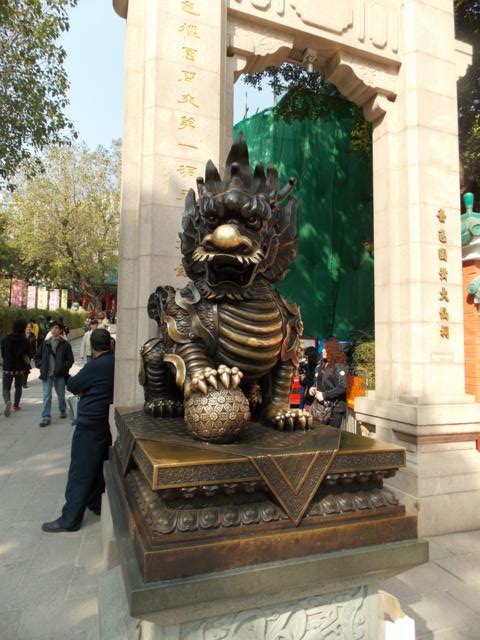
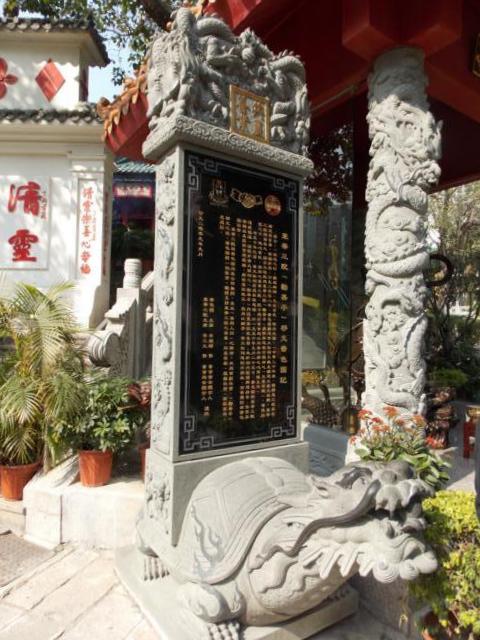
Cel care a dat numele sau templului acesta atat de vizitat, este calugarul Wong Chuping, nascut in secolul al IV-lea.
A inceput sa urmeze calea taoismului de la varsta de 15 ani, iar dupa ce a atins iluminarea la 55 de ani, a devenit nemuritor, numele sau fiind schimbat in Wong Tai Sin (“Nemuritorul Wong”). In anul 1915, preotul taoist Liang Renan a adus o sculptura care il reprezenta, din Provincia Guangdong din sudul Chinei, la HK. El se considera discipol al lui Wong Tai Sin si a afirmat ca acesta i-a spus sa construiasca un templu in acest loc. Templul a fost construit in 1921. Incet-incet, oamenii au inceput sa creada ca daca se roaga aici, orice dorinta a lor se indeplineste pentru ca Wong Tai Sin ii salveaza pe muribunzi, ii vindeca pe cei bolnavi si pedepseste tot ce e rau!. De aceea templul a devenit faimos pentru prezicerea norocului. Acest lucru explica si multimea de oameni care pot fi mereu intalniti aici.
Altarul principal, ca si restul structurilor din complex, reflecta stilul chinezesc de constructie a templelor: stalpi rosii, frumos impodobiti, acoperis auriu, frize albastre, statui multicolore, numeroase lanterne, arzatoare de substante parfumate. Aerul miroase puternic si fumul e pretutindeni, cand treci prin fata altarului.

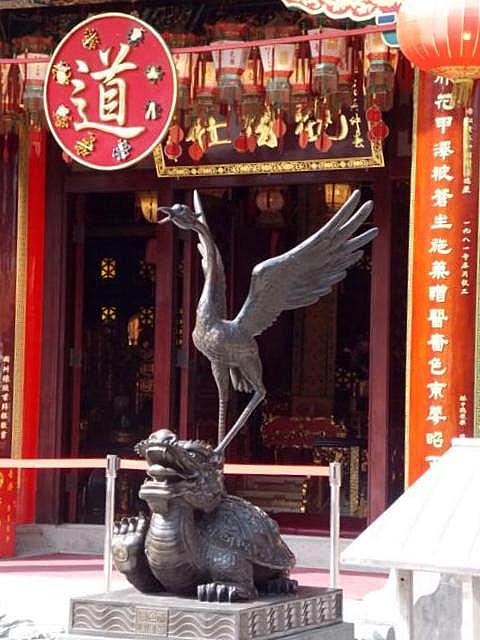
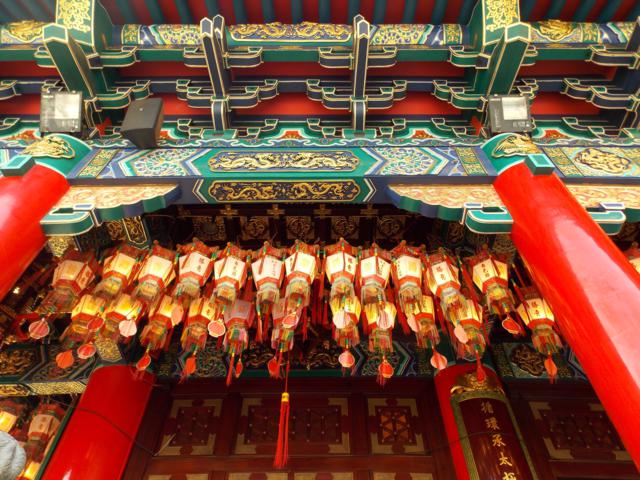
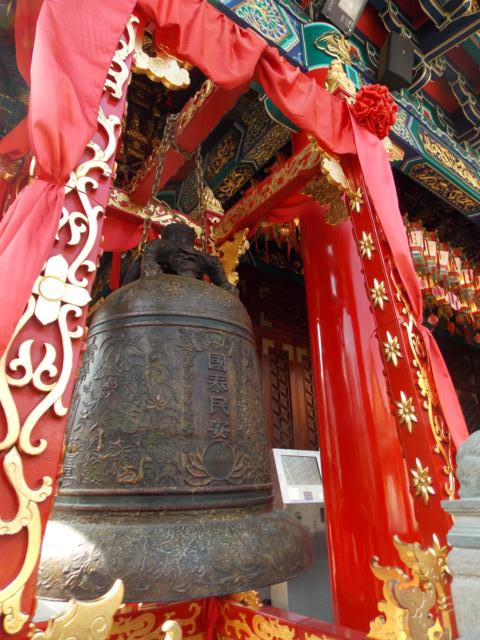
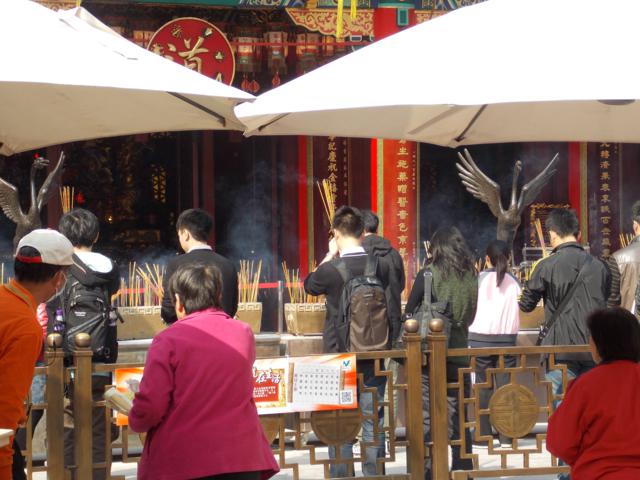 In afara acestui altar, mai exista alte cladiri, care reprezinta cele cinci elemente ale feng-shui: metalul (Pavilionul de Bronz), lemnul (Sala Arhivelor), apa (fantana), focul (Altarul Yue Heung) si pamantul (Zidul Pamantului).
In afara acestui altar, mai exista alte cladiri, care reprezinta cele cinci elemente ale feng-shui: metalul (Pavilionul de Bronz), lemnul (Sala Arhivelor), apa (fantana), focul (Altarul Yue Heung) si pamantul (Zidul Pamantului).
detalii
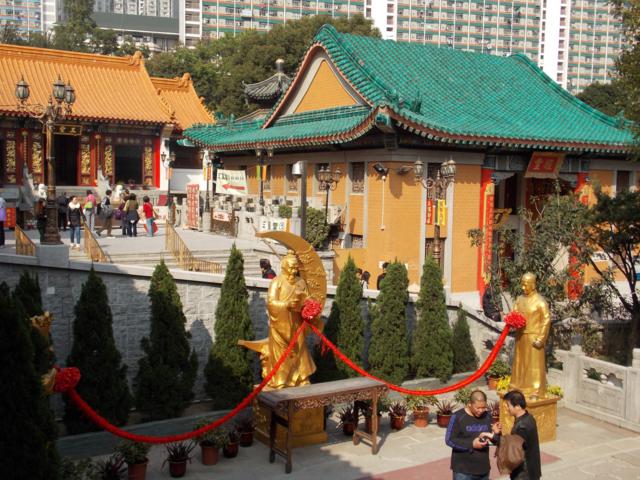 Pe o terasa, la intrarea spre altarul principal, un semicerc alcatuit din animalele componente ale zodiacului chinezesc, iti dau ocazia sa te fotografiezi cu zodia ta si vizitatorii fac asta cu mare placere. La unele zodii mai solicitate, se asteapta chiar la rand 🙂
Pe o terasa, la intrarea spre altarul principal, un semicerc alcatuit din animalele componente ale zodiacului chinezesc, iti dau ocazia sa te fotografiezi cu zodia ta si vizitatorii fac asta cu mare placere. La unele zodii mai solicitate, se asteapta chiar la rand 🙂
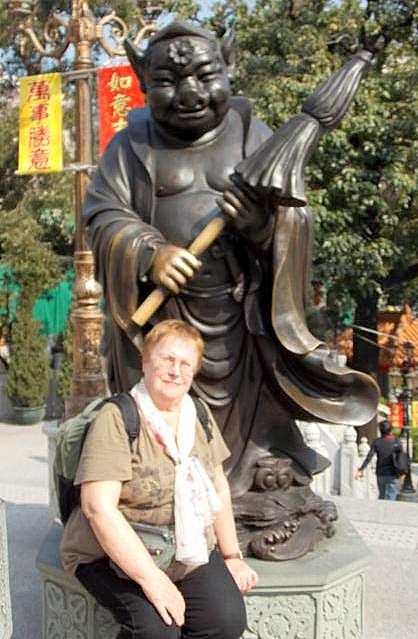 Porcul este zodia mea, in zodiacul chinezesc
Porcul este zodia mea, in zodiacul chinezesc
Inainte de a pleca, nu am uitat sa vizitam Gradina Bunei Dorinte (intrare 2 HK$), construita dupa modelul tipic al gradinii chinezesti. Gasim aici iazuri cu pesti si broaste testoase, roci ciudate, cascade, poduri, un coridor care il imita pe cel din Palatul de Vara, Beijing si chiar Zidul Celor Noua Dragoni, asemanator cu cel din Parcul Beihai, Beijing.
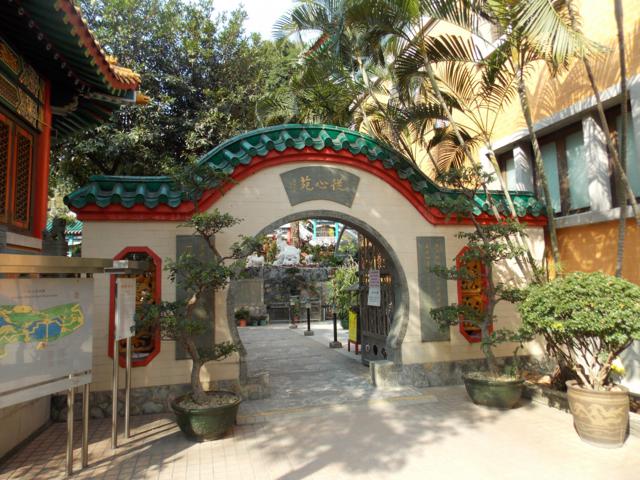 intrarea in gradina, bonusul vizitei la templu
intrarea in gradina, bonusul vizitei la templu
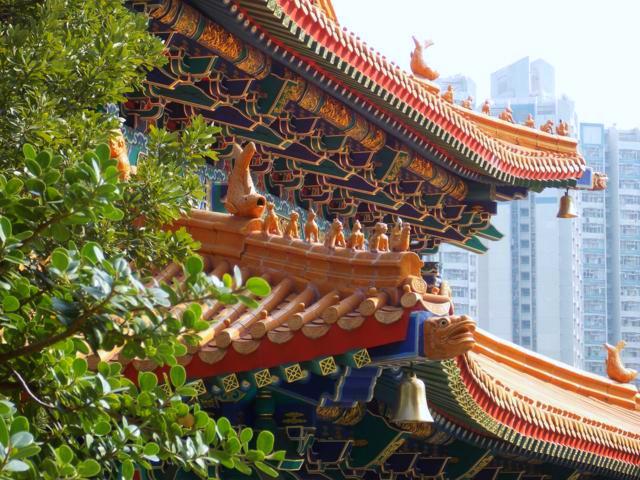 Templul nu a fost deschis publicului pana in 1956. In mai 2010, templul a fost recunoscut ca loc istoric pentru HK.
Templul nu a fost deschis publicului pana in 1956. In mai 2010, templul a fost recunoscut ca loc istoric pentru HK.
E inutil sa va mai spun ca aici nu am mai gasit linistea de la Chin Lin…Daca vreti sa il vizitati, mai trebuie sa stiti ca este deschis zilnic intre 7-19.30 si intrarea este libera.
A Different China: Hong Kong 6. Wong Tai Sin: Where Three Religions Meet
Here in Kowloon, on the continent, we have to visit a famous temple not only in HK but in the world too: Wong Tai Sin. It is only a subway station away from the Chin Lin Nunnery (MTR: Wong Tai Sin, exit B2). The temple is open daily between 6-19, and entrance is free.
The temple got its name after the monk Wong Chuping, who lived in the IVth century. He followed Taoism starting the age of 15. After illumination and his death, his name was changed in Tai Sin, which means “Immortal”. In 1915, the Taoist priest Liang Renan brought his sculpture in HK. He was a follower of Wong Tai Sin and said that the saint told him to build a temple here. The temple was built in 1921. People started to worship Wong, believing that every wish they tell him, will come true. It was believed that Wong Tai Sin is helping the dying people and the ill ones, and eradicates the evil. The temple became famous for the fortune tellers.
All the structures here are built in the Chinese style: red pillars, gold roofs, blue walls, colored statues, incense burners, lanterns, etc. What is really interesting is the fact that here three main religions meet: Buddhism, Taoism and Confucianism. Later on, we found another temple with the same peculiarity.
On a terasse, before to enter in the space of the Main Hall, one may see the statues of the animals represented in the Chinese zodiac. Mine is the Pig, so we took a photo together:)
The bonus of this visit was the Good Wish Garden. Ponds, turtles and fishes, waterfalls, rocks, bridges, pavilions. All of these in the little garden. But especially in the temple area I have not encounter the calm and relaxing, peaceful atmosphere from the Chin Lin Nunnery…

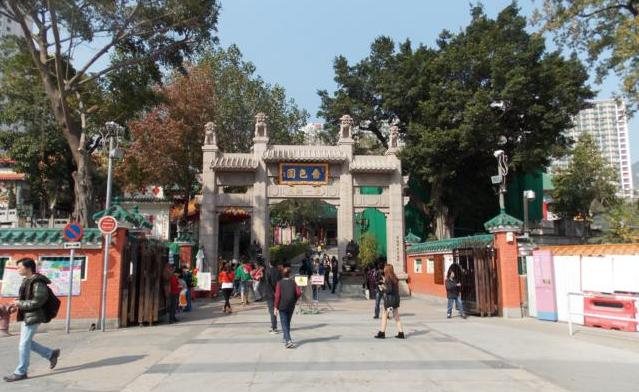
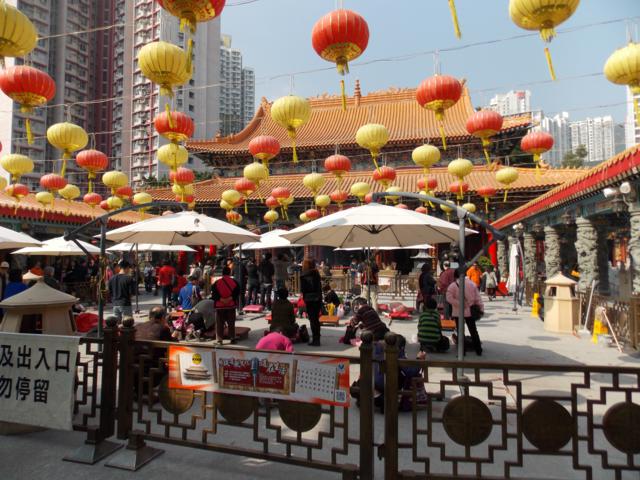
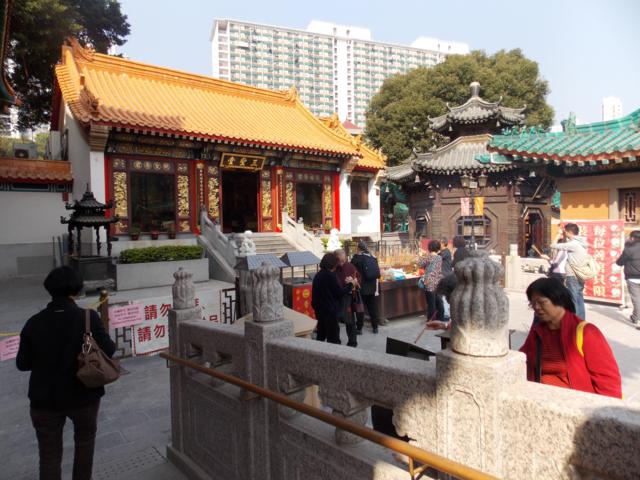
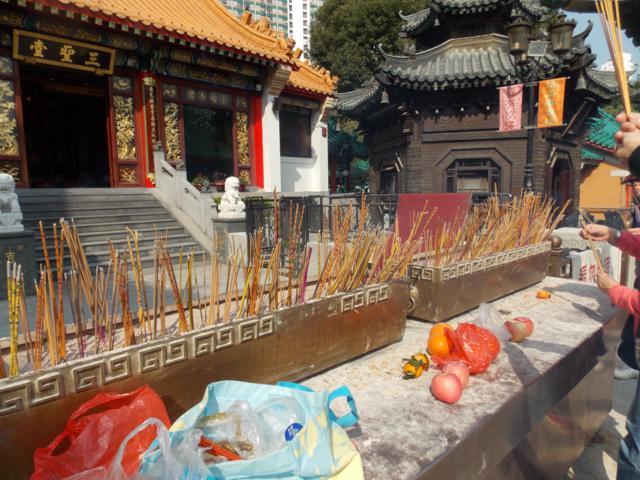
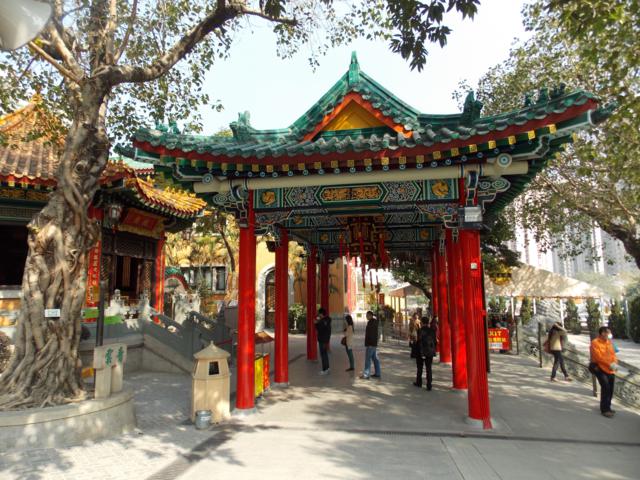
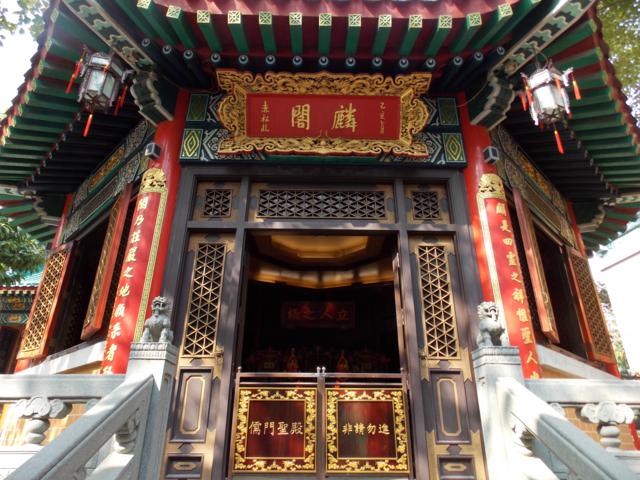
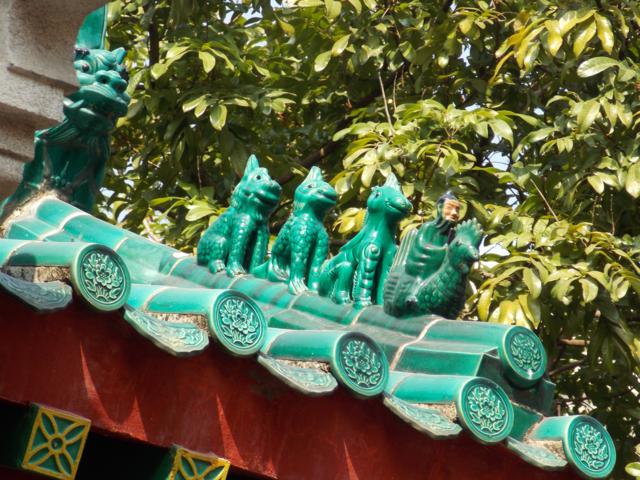
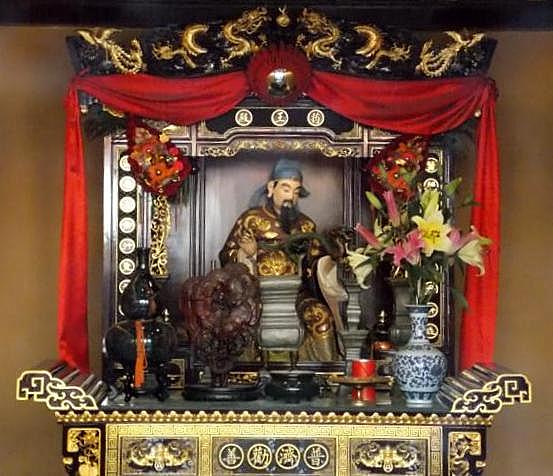
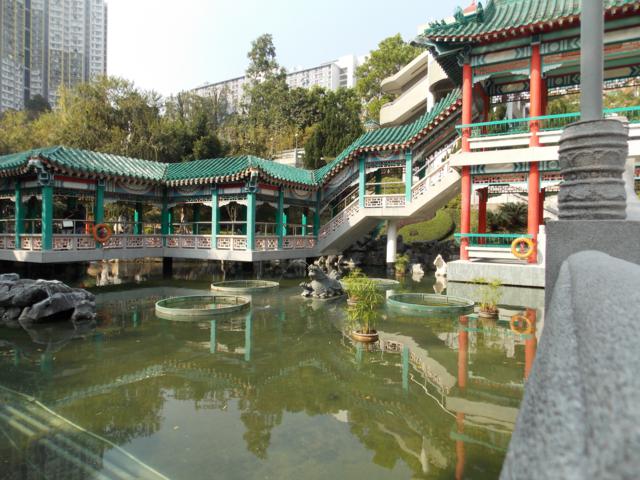
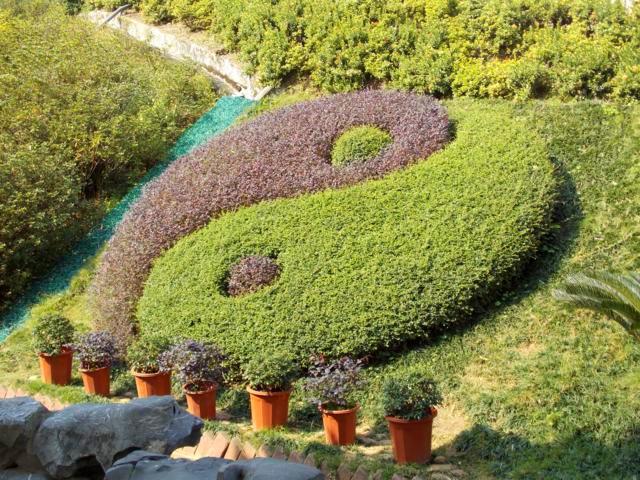

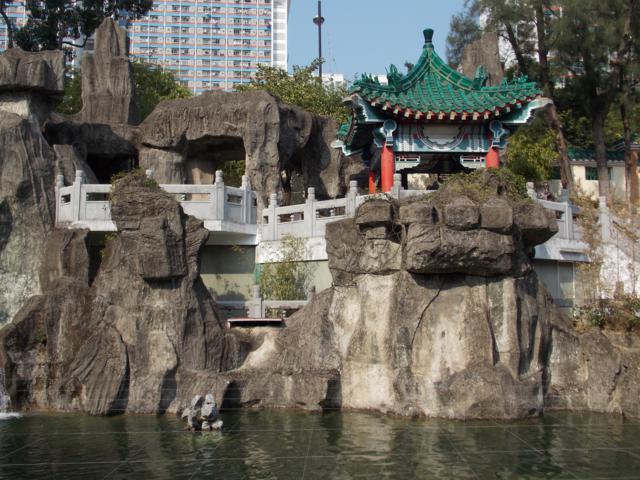
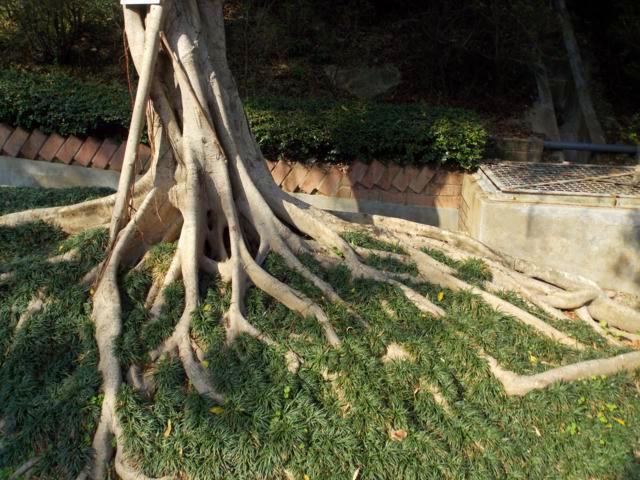
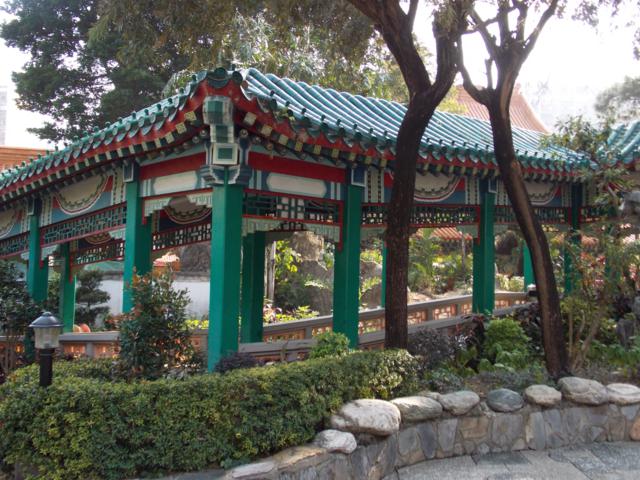
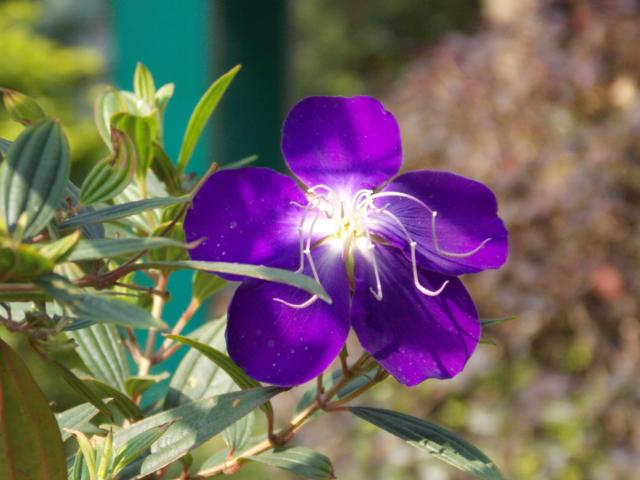
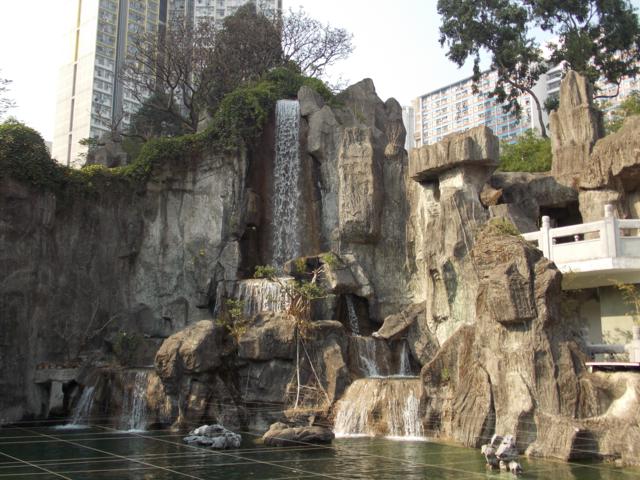
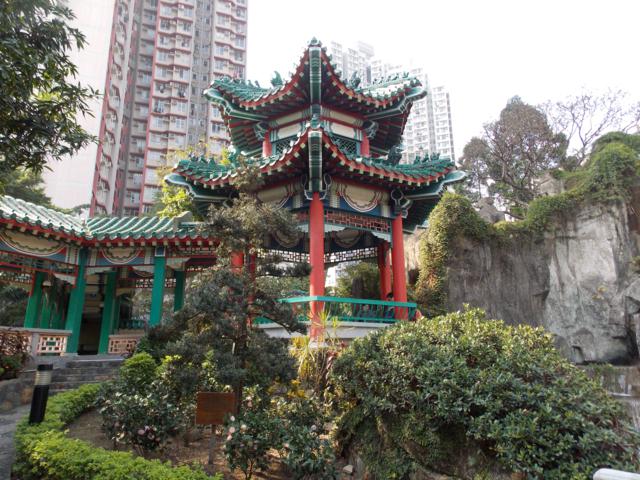
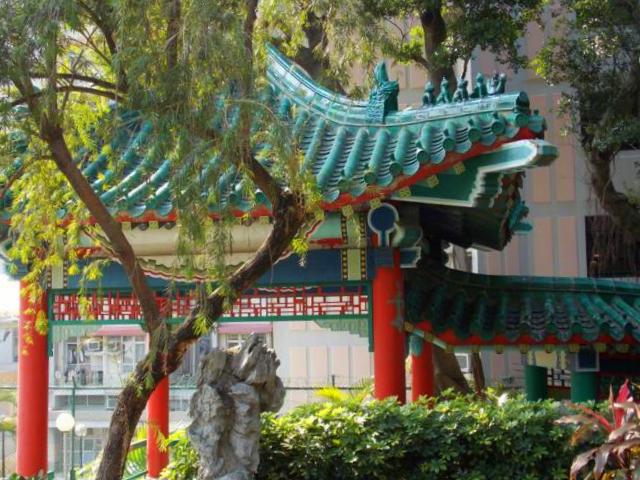
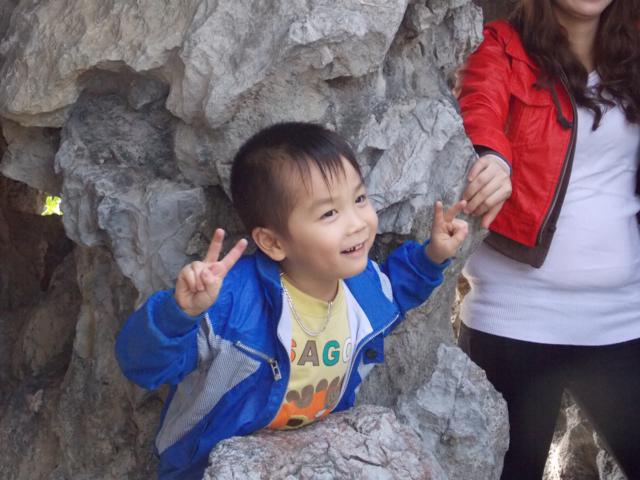
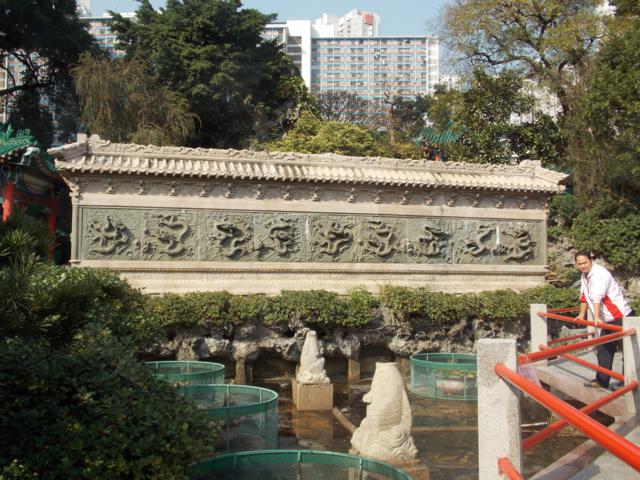
Frumoase imagini, dar cele cu grădina sunt printre preferatele mele. Şi eu tot acolo aş fi făcut poza, tot în zodia Porcului sunt după horoscopul chinezesc. 🙂
Ma bucur ca avem ceva in comun, Mira, chiar daca la distanta in timp:)
Almost overwhelming: a feast of colors in your amazing pictures!
You are right, VP! It’s breathtaking sometimes…
Hello, Traveling Hawk.
Your work is embraced in your gentleness.
Sharing a moment of peace.
It is a joy for all.
Your heart warm message in the cold.
I always give mind of thanks to you.
Greeting.
Have a good weekend. From Japan, ruma❃
Helo from Romania, ruma! Arigato gozaimas, for your comment!
Hallo Travelng Hawk
What a nice blog is this again.
Really beautiful pictures but also your description.
Very instructive.
How do you know all this. Learn that there or look first at the history of a particular city or temple?
Thank you, Helma! I study intensively before I go (travel guides, maps, blogs, forums, sites on internetetc.) but I also gather there all the pamphlets I get.
What a beautiful place !
I wish I could visit there!
Thank you for sharing these pics.
Hi, Kumiko! You are welcomed. Thanks for the comment!
Curat, colorat si putin aglomerat 🙂 Foarte frumoase fotografiile gradinii !
Doar parcul era putin aglomerat, Dani. In rest, erau destui…
Sa ai o dumineca frumoasa!
Wow, this is amazing! It is pretty cool having 3 religions meet in this temple complex, in seeming harmony! I love the Chinese lanterns, and would love to hang hundreds of them in my house and yard :^)
Yes, it is an interesting place, combining spots of peace with those of crowds. One may observe people or relax in the wonderful garden.